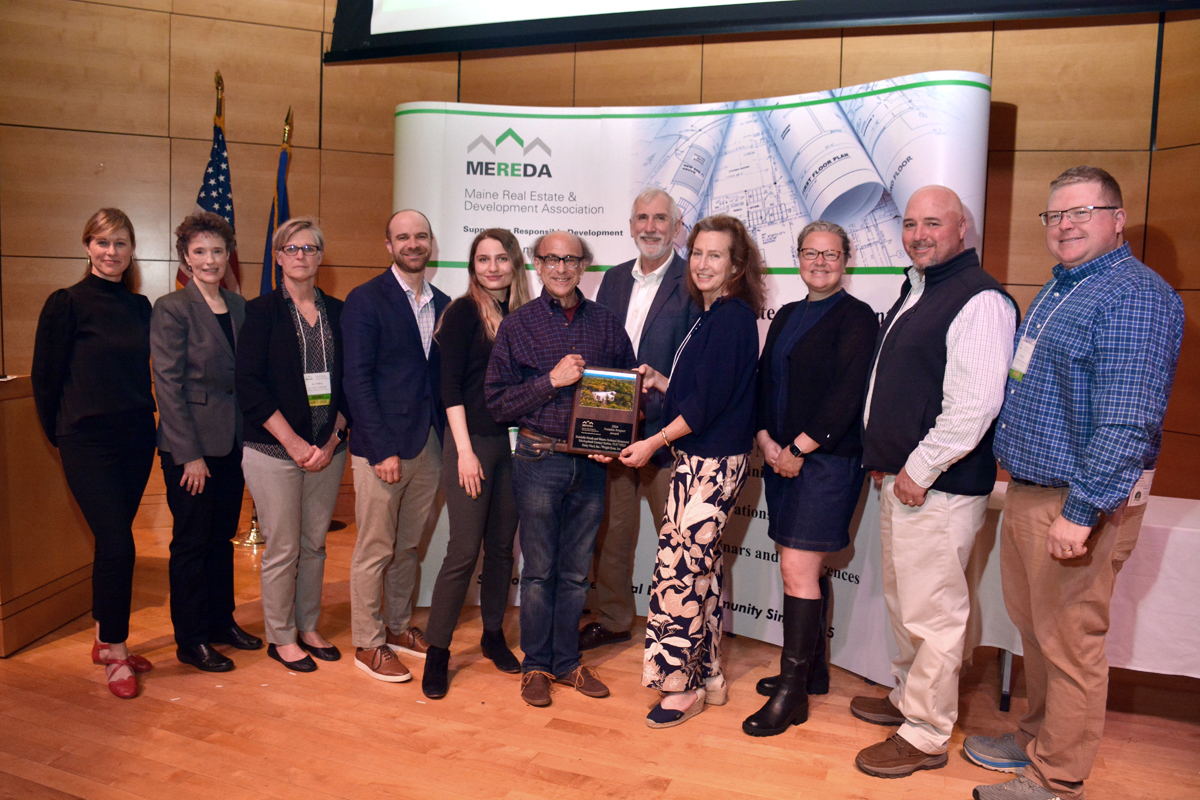Listen Up! The Next Episode of the “MEREDA Matters” Podcast is Now Available!
A Conversation with Dr. Chris Herbert of Harvard’s Joint Center for Housing Studies and Elizabeth Frazier, Partner at Pierce Atwood Maine is in the midst of a housing affordability crisis,...
Read Article



